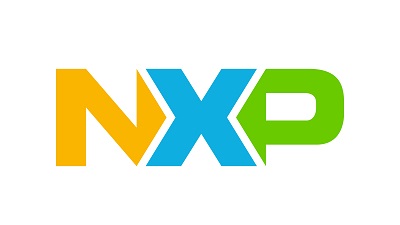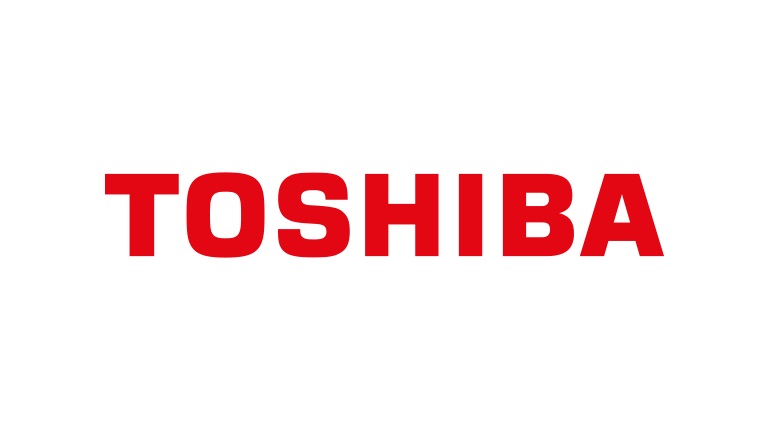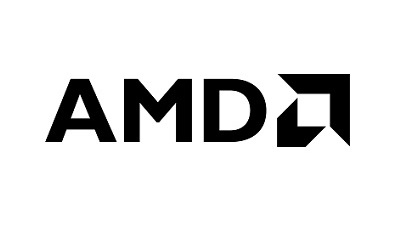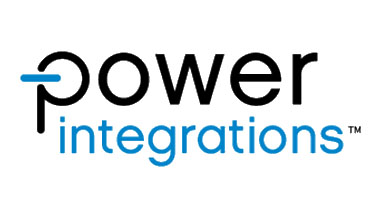Motor Control – Discover the new Podcast Series
Advantages of digitally controlled drives
Digital Motor Control has many advantages. And different plus points may be crucial for how these systems are used in practice, with household appliances benefiting from their noise reduction and energy efficiency, medical technology from their small size, and the industrial sector from the interconnection of possible services.
Miniaturisation
Electronically commutated motors have a significantly higher power-to-weight ratio than comparable brushed DC motors, making them much smaller. Thanks to the integration of sensor technology and actuator systems, smart drives can reduce the size and floorspace of the entire system.
Noise reduction
Modern electric motors create far less noise due to their design, with EC motors leading the pack. Multilevel inverters have a higher pulse frequency, reducing the drive system’s (audible) noise generation. The ability to decrease the number of revolutions with variable-speed drives also reduces motor noise levels.
Energy efficiency
Variable-speed drives can reduce energy consumption by 30 to 50 per cent by supplying the exact amount of power that is actually needed. Modern motors – most prominently, electronically commutated motors – also require less power and cause less waste heat. Energy can be recovered through the braking process (recuperation).
Convenience/flexibility
A major advantage of Digital Motor Control is that the drives can adapt to a large array of tasks when the parameters stored in the electronic systems are changed. Pre-built functions can be included with modern inverters to facilitate simple drive use in a wide range of applications.
Networking/data
The electronics in intelligent drives record important information such as the rotation speed, torque, currents, various temperatures and many other parameters. Widespread networking and the resulting data transparency make it possible to optimise processes, as well as to engage in predictive (and, in turn, resource-saving) maintenance of equipment and machinery.
Due to its numerous advantages, Digital Motor Control is being used in more and more industries: from the manufacturing industry and healthcare, to the automotive industry, the energy sector and everyday consumer products like hairdryers, lawnmowers and drones.
Strong growth for frequency converters and smart motors
The “Digital Motor Control” market includes products such as “smart motors” – according to the market research institute IMARC, the global market for them was worth 2.6 billion US dollars in 2021. And it is predicted to grow even further to around 3.6 billion US dollars by 2027 – which equates to an average annual growth rate of 5.57 per cent between 2022 and 2027.
In principle, the combination of electric motor and frequency converter offers the same function as smart motors. These drive systems are especially widespread in industrial environments. According to an estimate by Grand View Research, the worldwide market amounted to 24.9 billion US dollars in 2021 – by 2030 it is expected to grow at a compounded annual growth rate (CAGR) of 5.5 per cent.
Components of a digital drive solution
Looking at Digital Motor Control from an electrical engineering perspective, four core components can be defined:

The power stage draws its power input from an alternating current or direct current source, transforms the current and supplies power to the motor by energising motor windings.
The processing block implements motor control algorithms that calculate commands for the power electronics based on operator input, motor parameters and the load. In an increasing number of applications, this block implements predictive maintenance tasks.
Sensing provides information on the actual current flowing and the position of the motor or drive shaft and sends it to the processor as feedback. Data from external sensors, e.g. on temperature or vibration, can also be used for motor control.
Connectivity networks the drive solution with higher-ranking controls and integrates it into networks, e.g. for remote control or monitoring. Accordingly, it is necessary to implement security solutions that prevent unintentional access, for example.
Discover more
ebv content library/home/products/product-highlights/motor-control-solutions/ebv - motor control - intro static html
EBV - Motor Control - Intro Static HTML












